Historic Center of Český Krumlov
An intact and very charming medieval city surrounding a large 13th-century castle with Gothic, Renaissance and Baroque elements.
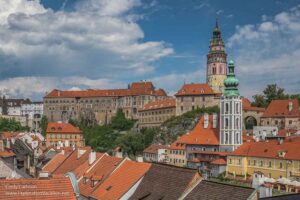
An intact and very charming medieval city surrounding a large 13th-century castle with Gothic, Renaissance and Baroque elements.
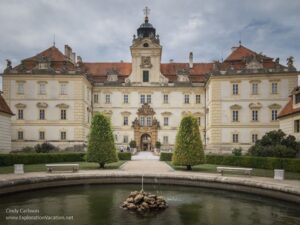
Two castles and the extensive grounds, gardens and outbuildings around them form a harmonious man-made cultural landscape.
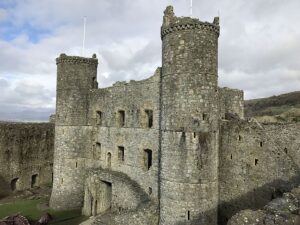
Four castles in Wales, fine examples of medieval defensive architecture, all built under orders of King Edward I.
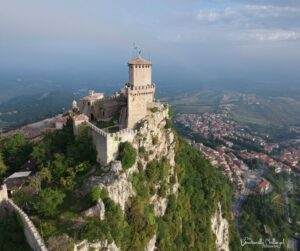
The world’s oldest republic, a tiny surviving city-state on a mountain surrounded by Italy.

An ancient and still active volcano, influential in the sciences of volcanology and geology.
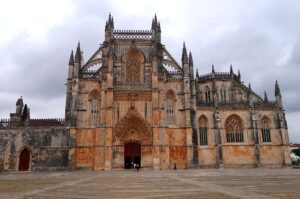
A well-preserved and impressive masterpiece of Late Flamboyant Gothic architecture with Manueline Baroque elements.
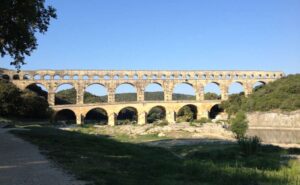
A 3-tiered stone aqueduct and bridge that demonstrates Roman-era construction processes.
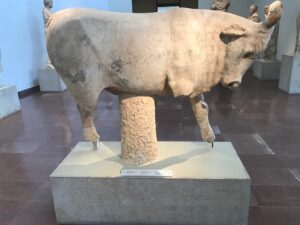
Ruins of an important temple complex dedicated to Zeus, and the site of the first Olympic games.
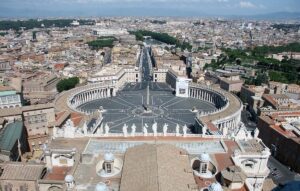
A tiny city-state with a long history at the center of the Catholic Church and containing magnificent works of art and architecture.
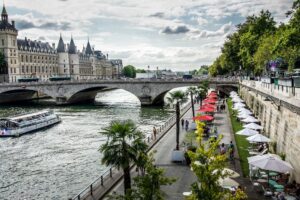
A 365-hectare corridor that encompasses many of the most famous sights in Paris, spanning centuries of the city’s development.
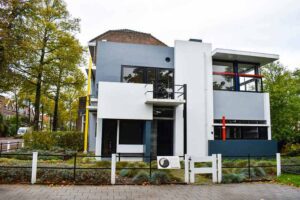
A 1920s family house exemplifying the ideals of the De Stijl group of architects and artists.
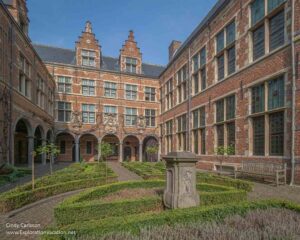
300 years of printing history and domestic life, with art by Rubens.
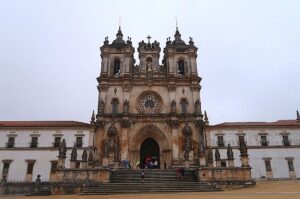
A masterpiece of Gothic Cistercian art and architecture.
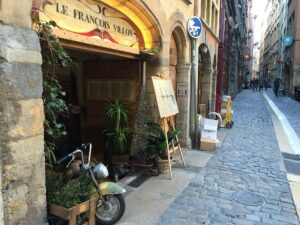
A city with 2000 years of history visible in its urban center’s architecture.
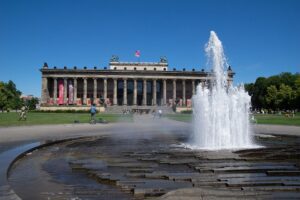
5 museums that demonstrate the evolution of museums and museum design.
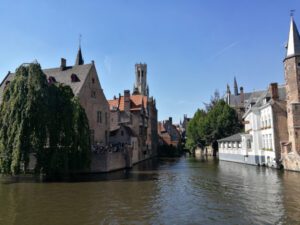
A completely intact, mostly Gothic, core of a medieval trading city.
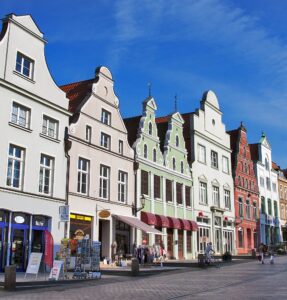
Remarkable collections of “Brick Gothic” churches and other buildings unique to these former Hanseatic ports.
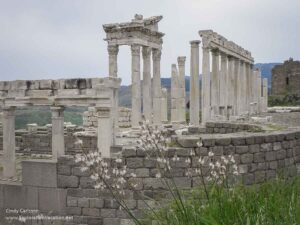
A collection of 9 archeological sites covering several historical periods of an important city’s grand monuments.
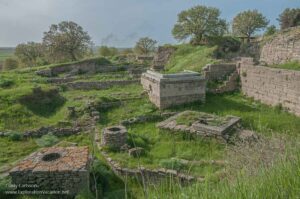
Excavation of the ancient Greek city of Troy, site of the Trojan War.
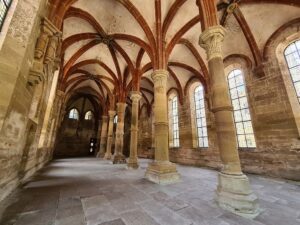
An intact and complete medieval monastery that demonstrates the transition from Romanesque to Gothic architecture.
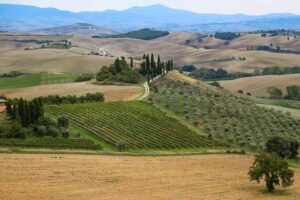
A beautiful agrarian landscape reflecting a Renaissance aesthetic.
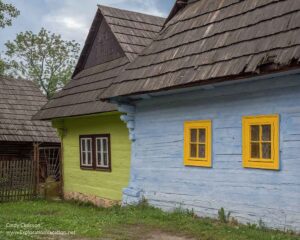
A well-preserved rural mountain village with traditional wooden architecture.
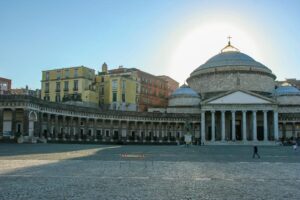
An ancient Italian city containing a wealth of elements – architecture, art, archeology – displaying its long history.
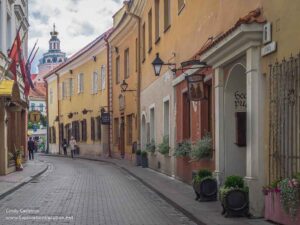
An Eastern European city center with its original medieval street layout and architectural forms spanning centuries.
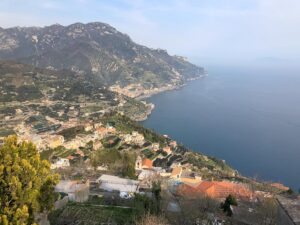
A scenic and dramatic landscape of rugged mountainous coastline and small towns crowding the slopes above the sea.
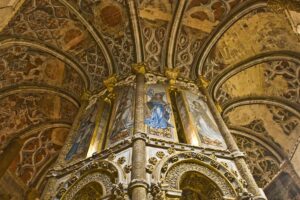
An architectural retrospective of Portugal and the Knights Templar in the form of a monastic center dating to the 12th-16th century.
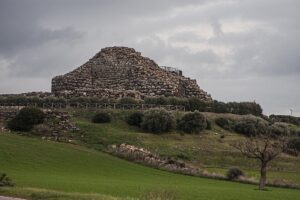
Ruins of a Bronze Age society that built unique circular defensive structures.
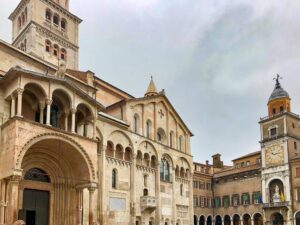
Romanesque architecture and art in harmony, in a charming Italian city.
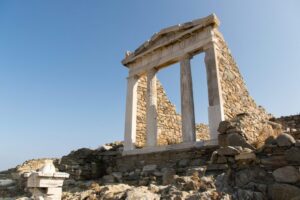
Extensive archeological site of an ancient Greek commercial center on an Aegean island.
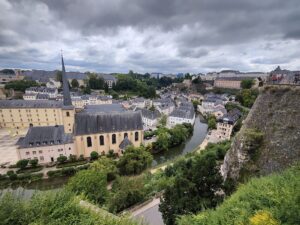
Impressive fortifications and the original urban center of a historically important city.
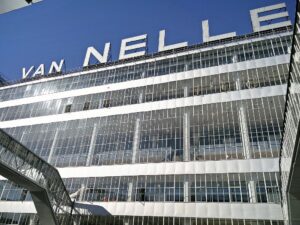
A masterpiece of modernist industrial design from the inter-war period.

An important market town for hundreds of years and an outstanding example of urban planning, with a range of historical architectural styles.

A well-preserved medieval, Renaissance and Baroque city inside extensive intact fortifications.

A magnificent Gothic abbey on top of a small island in a bay with dramatic tides.

A beautifully intact example of a medieval trading city.

A palace and three gardens, one of which represents the epitome of Baroque garden design.